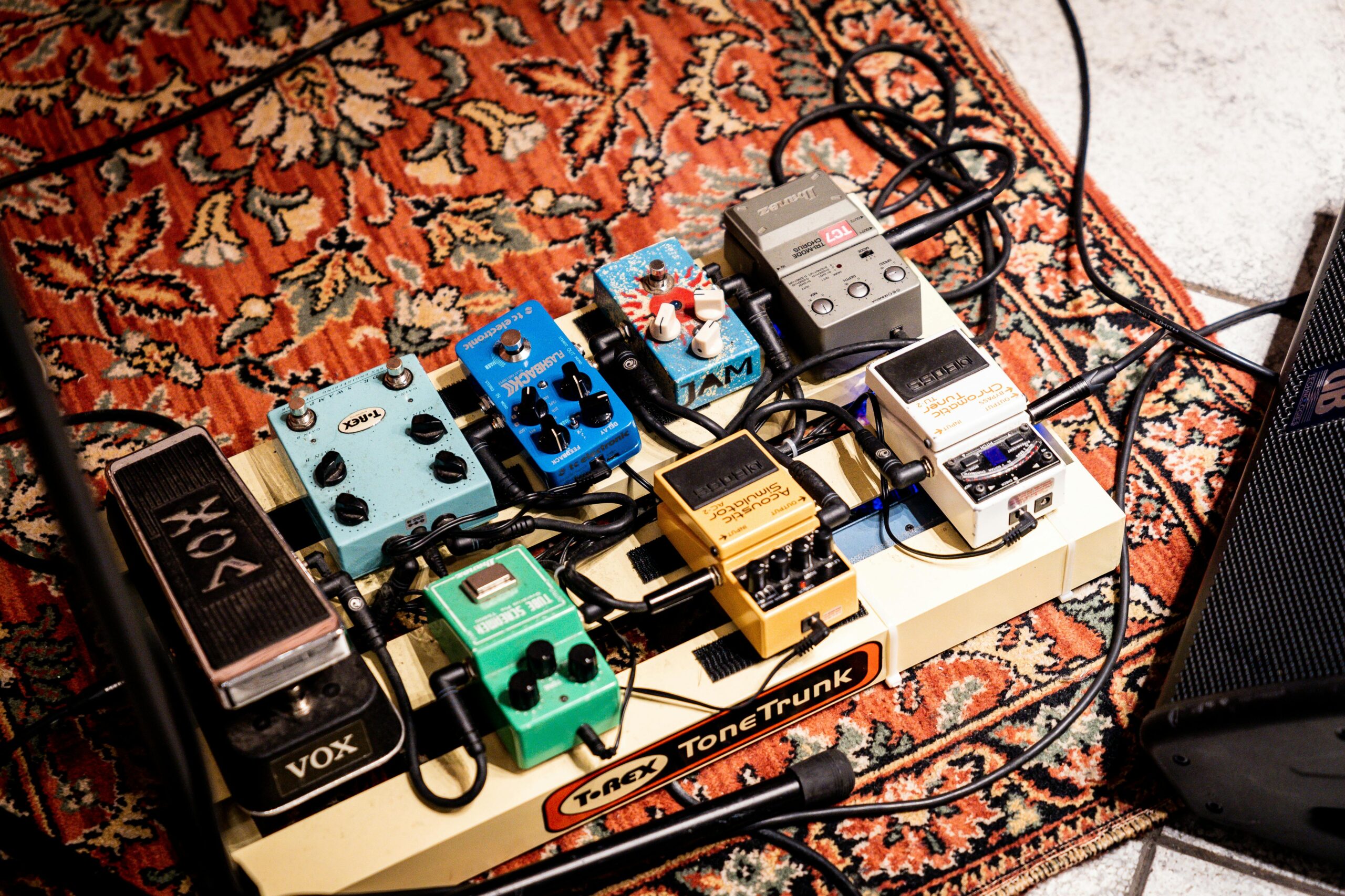Myth #1: Hand Through-Hole Soldering vs. SMD Machine Soldering: A Balanced Perspective
There’s often a debate about whether hand through-hole soldering is “better” than SMD (surface-mount device) machine soldering. Let’s approach this topic with facts rather than myths. Electronics are not black magic—they operate based on well-understood physical laws.
Whether you’re using through-hole or SMD components, every part has specifications that determine its performance. The quality of a component isn’t about whether it’s through-hole or SMD but rather its design, materials, and price point. For example, resistors and capacitors come with tolerances, which specify how closely they adhere to their intended values. Higher precision (narrower tolerances) typically costs more, regardless of the component type.
When it comes to hand soldering, there’s no denying that it’s a skillful process. However, human error can make it more prone to inconsistencies compared to automated SMD soldering. Machines are designed for precision and consistency, which is why SMD assembly is widely used in industries where quality control and mass production are critical.
SMD also offers practical benefits. For example, it reduces noise in circuits by minimizing parasitic capacitance and inductance, which can occur with longer leads in through-hole designs. This can make a noticeable difference in electronic products like audio devices. Imagine a modern smartphone or laptop being built with through-hole components—it wouldn’t be feasible in terms of size, weight, or performance.
Finally, it’s important to acknowledge that neither approach is inherently “better” or “worse” in terms of the sound or functionality of a product. The choice between through-hole and SMD often depends on the context: small-scale, hand-assembled projects may benefit from through-hole components, while SMD is better suited for large-scale production and stricter quality control.
In summary, both techniques have their place in electronics design and manufacturing. It’s not about one being superior to the other—it’s about understanding the trade-offs and using the right approach for the right application.
Myth #2: Germanium Is Always the Best for Tone
Germanium transistors are famous for their smooth, warm sound. It’s true—they can produce some of the most beautiful vintage fuzz tones. But here’s the catch:
No Two Are Alike: Germanium transistors are inconsistent by nature. Each one is slightly different, which means no two pedals sound exactly the same. That might be charming for some but frustrating for others.
Temperature Sensitivity: They don’t play nice with heat or cold. Your pedal might sound perfect in one environment and completely off in another.
Leakage Problems: Germanium transistors tend to leak current, making it harder to get the biasing just right.
The Truth: Germanium is fantastic for wild, unpredictable fuzz tones, but it’s far from a “perfect” solution. If you want reliability and consistency, you might be better off looking elsewhere.
Myth #3: Silicon Is Too Harsh for Good Tone
Silicon transistors often get a bad rap for being harsher or less “musical” than germanium. But that’s oversimplifying things.
Sharper Clipping: Yes, silicon transistors clip harder than germanium, but that’s not inherently bad—it’s just different. Many players love the sharper, more aggressive edge silicon provides, especially for high-gain tones.
Stability: Unlike germanium, silicon doesn’t care about temperature changes or leakage, making it much easier to work with.
Consistency: Every silicon transistor you use will behave predictably, which is crucial for creating reliable pedals.
The Truth: Silicon is incredibly versatile and reliable. It’s not “worse” than germanium—it’s just a different flavor. For fuzz and high-gain distortion, it’s hard to beat.
Myth #4: Op Amps Aren’t As “Organic” as Transistors
Op amps are often dismissed as too “clinical” or lacking the charm of transistors. But that ignores their strengths:
Clipping Flexibility: Op amps don’t naturally clip like transistors do, but adding diodes can give you precise control over the distortion character.
No Hassle: Forget about biasing issues or temperature sensitivity—op amps are plug-and-play.
Versatility: From clean boosts to heavy distortion, op amps handle it all with ease.
The Truth: Op amps might not have the same “mojo” as germanium or silicon transistors, but they excel in consistency, versatility, and simplicity. They’re a great choice for modern pedal designs.
What’s Actually Better?
It’s not about “better” or “worse”—it’s about the sound you want and the application you’re building for.
Use Germanium when you want warm, vintage fuzz tones and don’t mind a bit of extra effort to manage quirks.
Use Silicon when you want sharp, aggressive tones with consistency and reliability.
Use Op Amps when you want clean boosts, heavy distortion, or versatile, modern pedal designs.
My Personal Take
Here’s how I use them in my own builds:
Germanium: For chaotic, wild fuzz tones that feel alive and unpredictable.
Silicon: For high-gain and fuzz tones that need more edge and consistency.
Op Amps: For clean boosts, heavy distortion, and precise, modern sounds.
JFETs: When I want absolute destruction in a circuit.
So, the next time someone tells you one is “better” than the other, remember—it’s all about context, application, and the tone you’re chasing. There’s no one-size-fits-all answer in the world of guitar pedals, and that’s what makes it so exciting.

